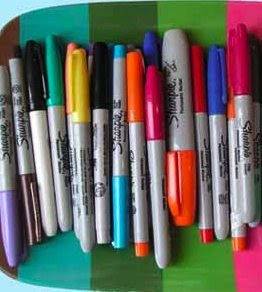 I kid you not.
I kid you not.
"I have found myself standing in front of the Pantene display, trying to figure out if I need the product for dry hair with frizz or dry hair with split ends," said Mr. Steinhafel, a thick-haired 54-year-old. A typical Target store has 88 kinds of Pantene shampoo, conditioner and styling products. A Target spokeswoman said the chain has "slightly reduced" its hair-care offerings this year.
The more-is-better approach can backfire, warns Mark Lepper, the chairman of Stanford University's psychology department, who studies how variety affects the odds that people actually buy. Mr. Lepper set up a table with 30 jars of jam and gave shoppers who stopped for a sample a discount coupon for their next jam purchase. He also had a table with six jams. He counted the coupons to see which group was more likely to buy. Of the shoppers who faced 30 choices, only 3% actually bought jam; of the shoppers who had six choices, 30% purchased jam.The study, like many others, concludes that too much choice was not a good thing. People also feel bad when choosing from a broad selection because they second-guess their pick and worry they have made a poor selection, his follow-up studies revealed.
 I'm still stuck on the eighty eight kinds of Pantene shampoo. Seriously, I normally try to curb my consumer rant voice when I'm exploring the rationale behind retail, but that's just mind-bogglingly ridiculous. There simply aren't eighty eight different kinds of hair problems that warrant their own product. Indeed, P&G has pulled back, repackaged, and cut some of the varieties in order to address less-than-desired sales.
I'm still stuck on the eighty eight kinds of Pantene shampoo. Seriously, I normally try to curb my consumer rant voice when I'm exploring the rationale behind retail, but that's just mind-bogglingly ridiculous. There simply aren't eighty eight different kinds of hair problems that warrant their own product. Indeed, P&G has pulled back, repackaged, and cut some of the varieties in order to address less-than-desired sales. 

 Some products are things we never knew we needed. Smart marketing takes advantage of the unique ways that people value everyday items.
Some products are things we never knew we needed. Smart marketing takes advantage of the unique ways that people value everyday items.


 Subscribe to this blog
Subscribe to this blog